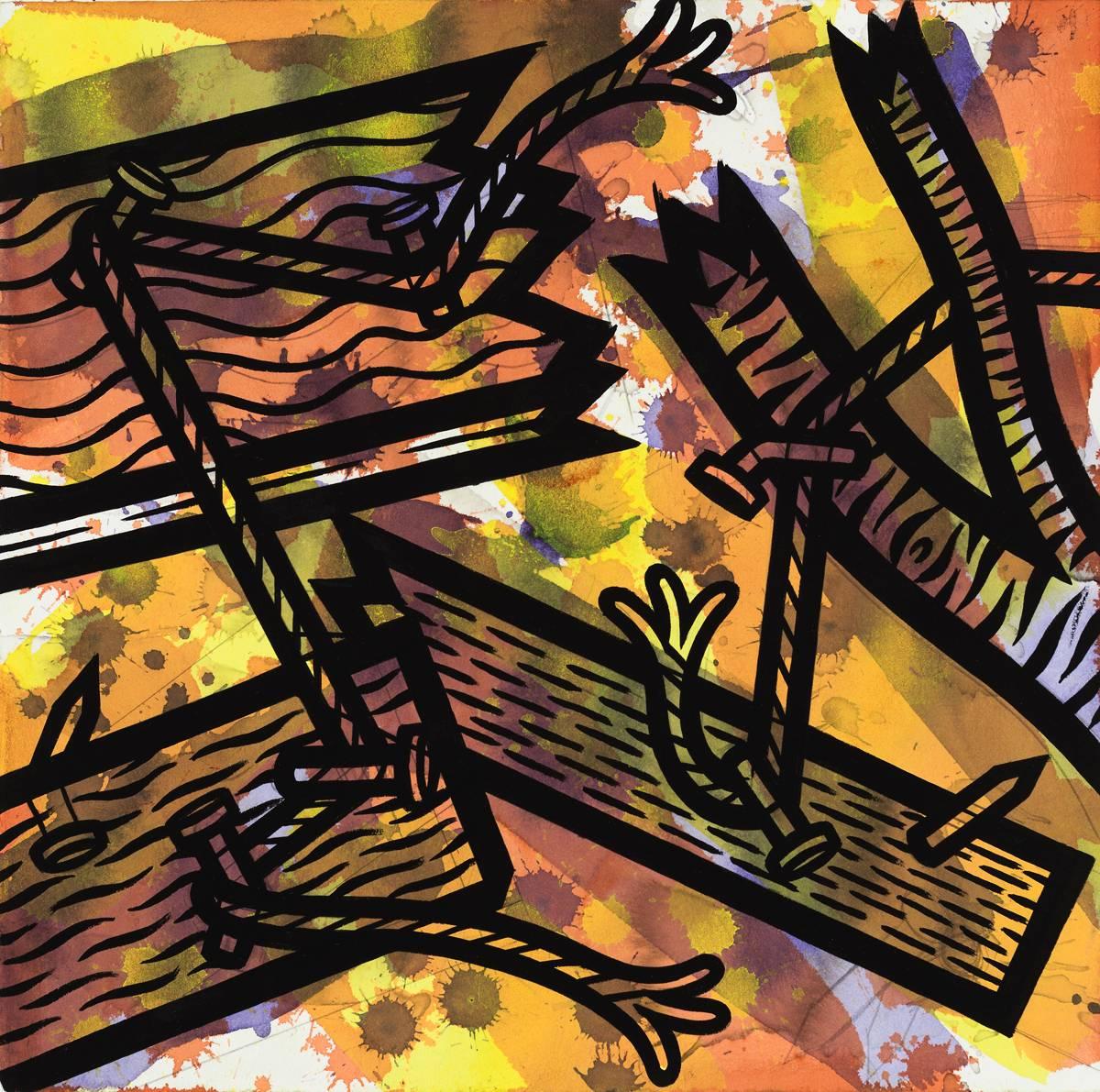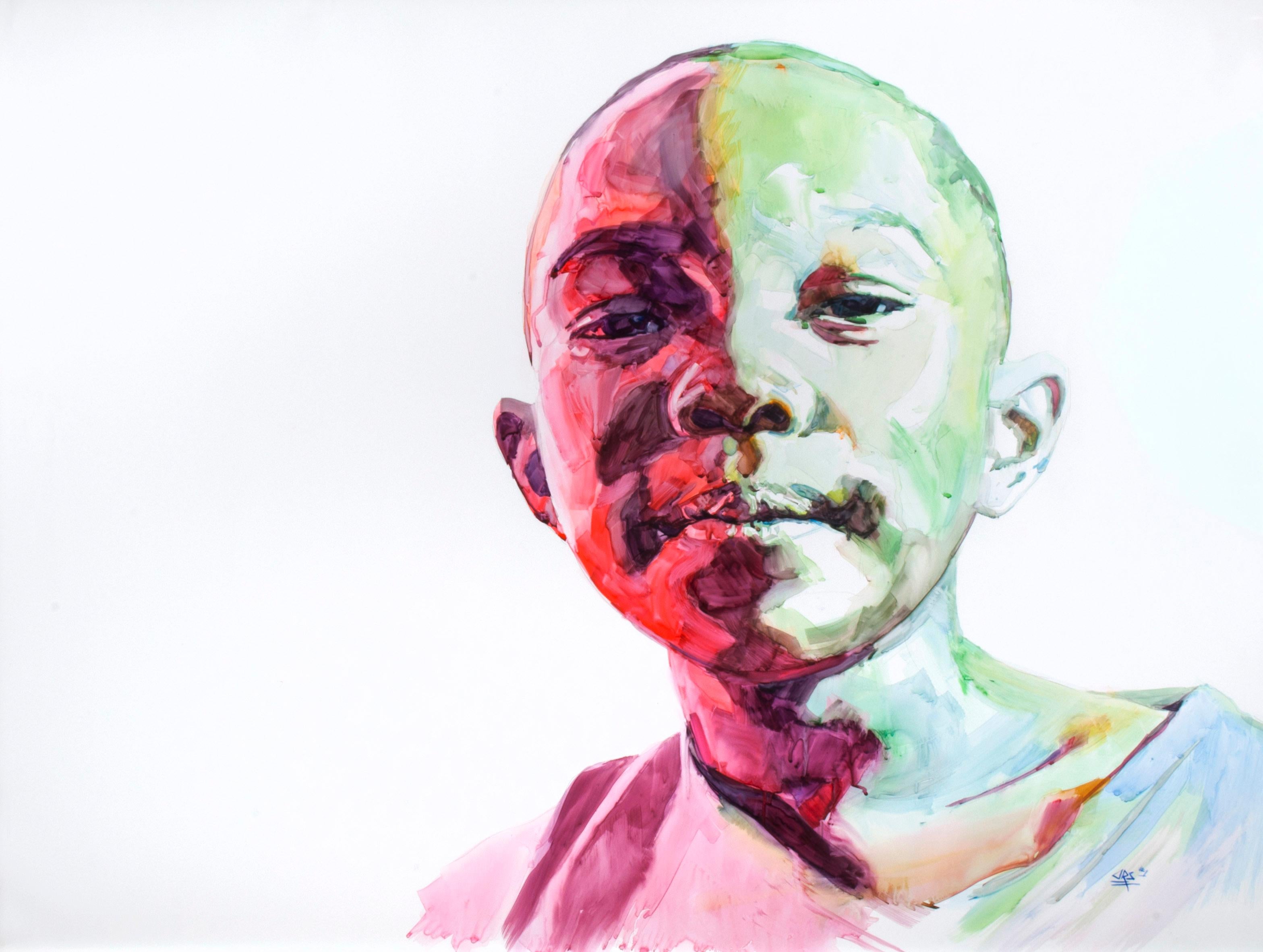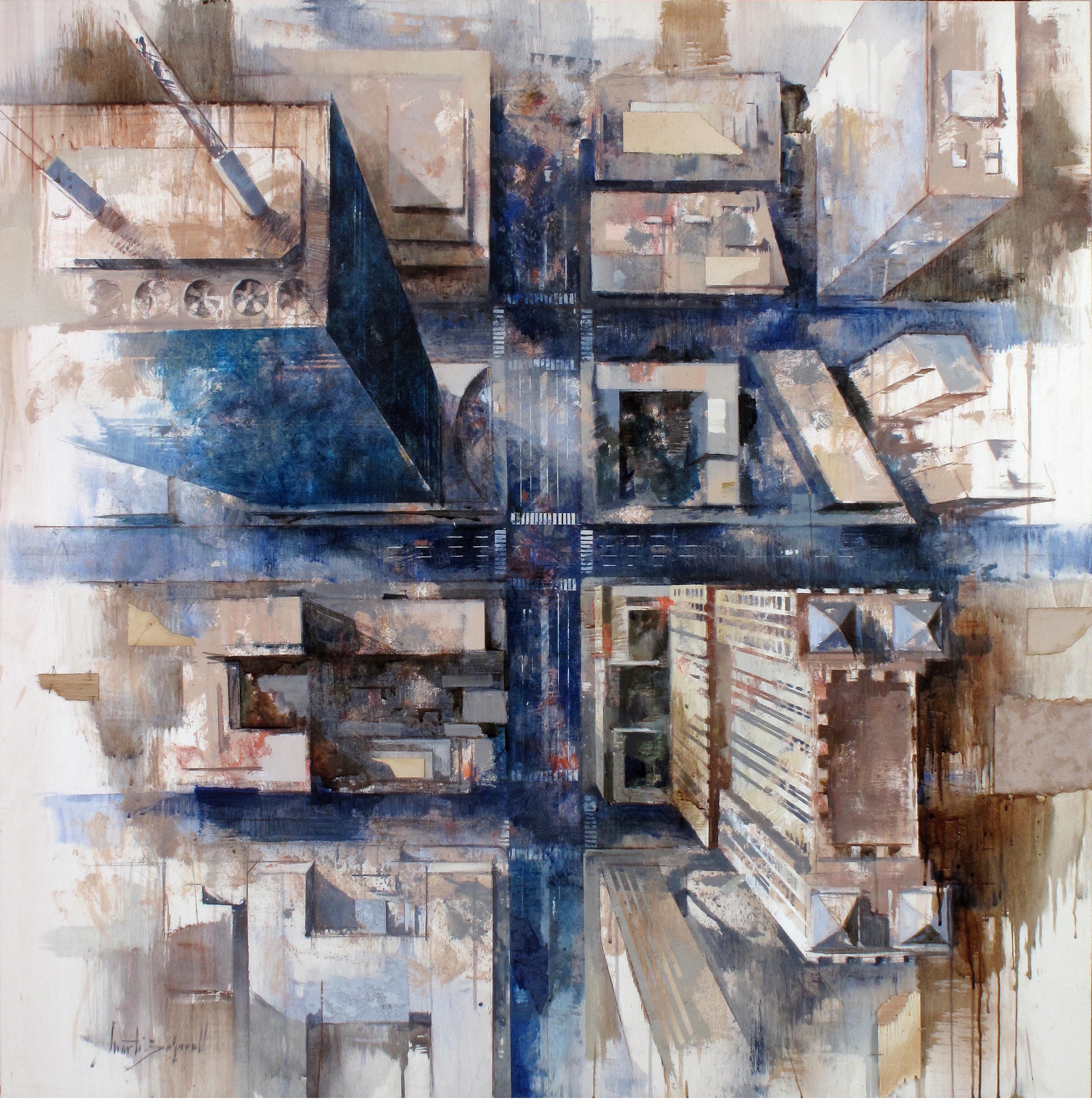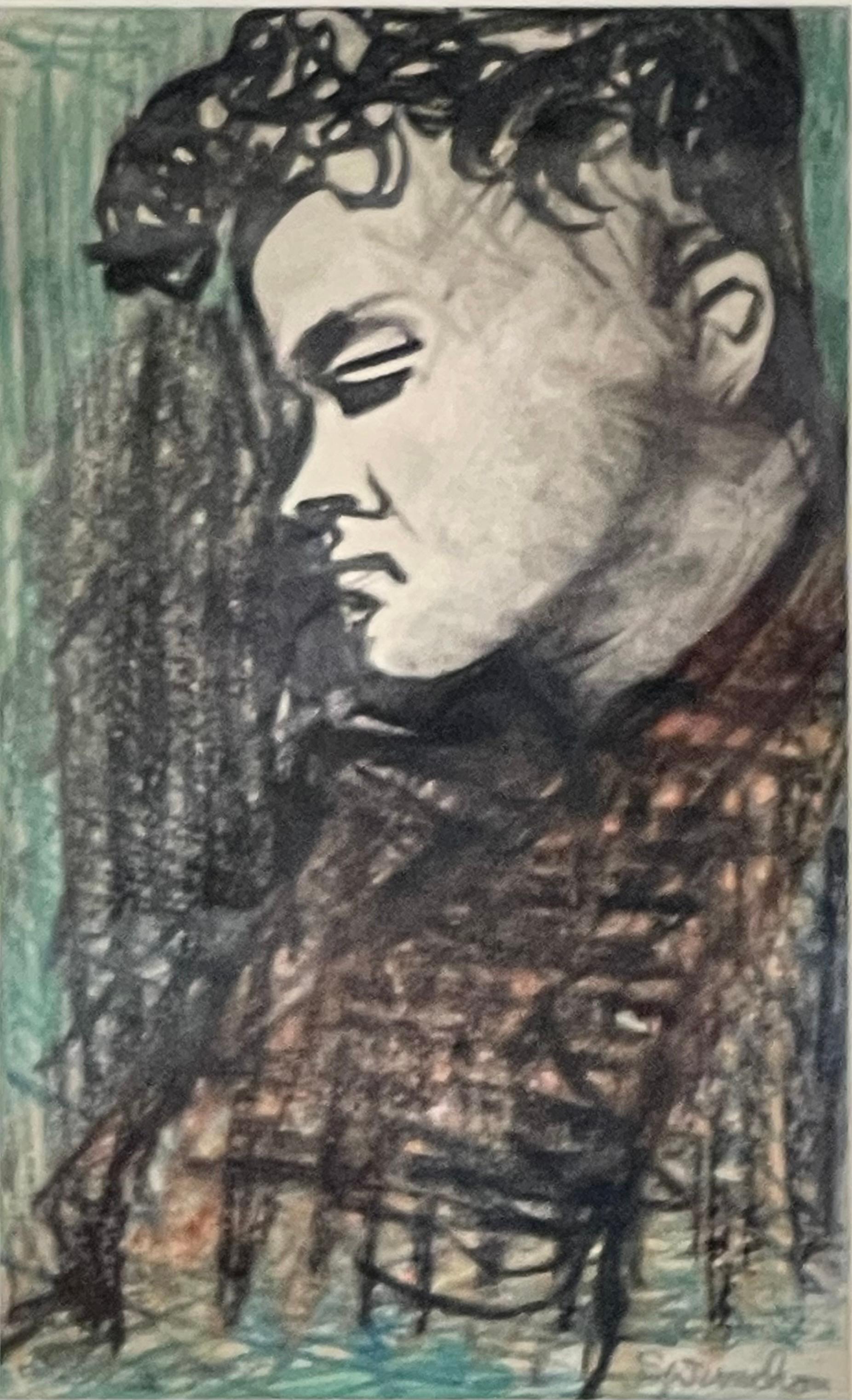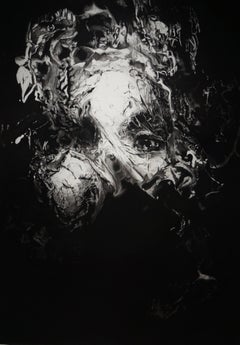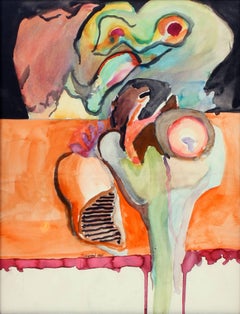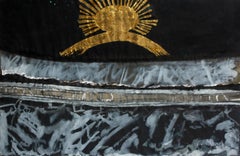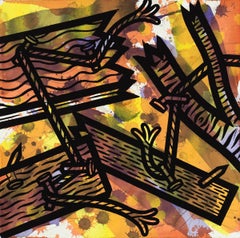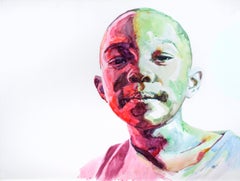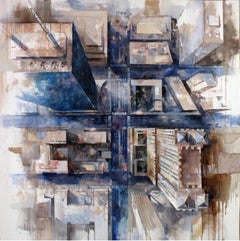Want more images or videos?
Request additional images or videos from the seller
1 of 5
Wes OlmstedART1972
1972
$1,750
£1,324.48
€1,520.12
CA$2,493.02
A$2,703.74
CHF 1,420.11
MX$32,841.50
NOK 17,770.39
SEK 16,731.81
DKK 11,353.57
About the Item
An original watercolor painting by Westley "Wes" Olmsted. This work is currently featured in the exhibition Man of Extremes at Benjaman Gallery in Buffalo, NY.
Westley G. Olmsted (1934-2011) was a painter and sculptor. He was born in Buffalo, New York, and was a distant relative Frederick Law Olmsted, the designer of Buffalo’s park system. Olmsted attended the Albright Art School and served in the Army in Germany during the Korean War. He exhibited his work extensively throughout Western New York and is included in several collections including the Burchfield Penney Art Center, Griffis Sculpture Park, Auburn University Art Department, Anderson Gallery and Penn State Catholic Community, among others.
- Creator:Wes Olmsted (American)
- Creation Year:1972
- Dimensions:Height: 28 in (71.12 cm)Width: 22 in (55.88 cm)
- Medium:
- Movement & Style:
- Period:
- Condition:
- Gallery Location:Buffalo, NY
- Reference Number:1stDibs: LU1392661292
About the Seller
4.9
Platinum Seller
Premium sellers with a 4.7+ rating and 24-hour response times
Established in 1970
1stDibs seller since 2015
3,065 sales on 1stDibs
Typical response time: 5 hours
- ShippingRetrieving quote...Shipping from: Buffalo, NY
- Return Policy
Authenticity Guarantee
In the unlikely event there’s an issue with an item’s authenticity, contact us within 1 year for a full refund. DetailsMoney-Back Guarantee
If your item is not as described, is damaged in transit, or does not arrive, contact us within 7 days for a full refund. Details24-Hour Cancellation
You have a 24-hour grace period in which to reconsider your purchase, with no questions asked.Vetted Professional Sellers
Our world-class sellers must adhere to strict standards for service and quality, maintaining the integrity of our listings.Price-Match Guarantee
If you find that a seller listed the same item for a lower price elsewhere, we’ll match it.Trusted Global Delivery
Our best-in-class carrier network provides specialized shipping options worldwide, including custom delivery.More From This Seller
View AllOne of The Thieves Was Saved
By Wes Olmsted
Located in Buffalo, NY
"One of The Thieves Was Saved" from Waiting for Godot by Samuel Becket
An original watercolor painting by Westley "Wes" Olmsted. This work is currently featured in the exhibition ...
Category
1970s Modern Abstract Paintings
Materials
Archival Paper, Watercolor
Specious
By Tricia Butski
Located in Buffalo, NY
This large scale charcoal on paper is from the artist's series "These fragile truths". This body of work explores the limitations and aesthetics of human memory through portraiture...
Category
21st Century and Contemporary Contemporary Figurative Drawings and Water...
Materials
Archival Paper, Charcoal
Abstract Landscape
By Wes Olmsted
Located in Buffalo, NY
An original watercolor painting by American artist Wes Olmsted depicting an abstract landscape view.
Category
1960s American Modern Abstract Paintings
Materials
Archival Paper, Watercolor
Landscape
By Wes Olmsted
Located in Buffalo, NY
An original watercolor painting by Westley "Wes" Olmsted. This work is currently featured in the exhibition Man of Extremes at Benjaman Gallery in Buffalo, NY.
Westley G. Olmsted ...
Category
1970s Modern Landscape Paintings
Materials
Gold Leaf
Spurious
By Tricia Butski
Located in Buffalo, NY
This large scale charcoal on paper is from the artist's series "These fragile truths". This body of work explores the limitations and aesthetics of human memory through portraiture...
Category
21st Century and Contemporary Contemporary Figurative Drawings and Water...
Materials
Archival Paper, Charcoal
Suppose
By Tricia Butski
Located in Buffalo, NY
This large scale charcoal on paper is from the artist's series "These fragile truths".
This body of work explores the limitations and aesthetics of human memory through portraitu...
Category
21st Century and Contemporary Contemporary Figurative Drawings and Water...
Materials
Archival Paper, Charcoal
You May Also Like
Thread 4
By Jesse Lambert
Located in New York, NY
15"x15" ink and watercolor on paper
This painting is from as series of ink and watercolor paintings that depict ad-hoc structures, similar to tree houses or forts. The st...
Category
2010s Contemporary Figurative Drawings and Watercolors
Materials
Archival Ink, Archival Paper, Watercolor
$1,600
O
By Darius Steward
Located in Fairlawn, OH
O
Watercolor on Yupo paper, 2018
Signed with the artist's initials (see photo)
Note: The Series MORE? is centered around the artist’s family.
There are two images of the artist’s s...
Category
2010s Contemporary Figurative Drawings and Watercolors
Materials
Watercolor
$8,500
16707 - 21st Century, Contemporary, Figurative Painting, Mixed Media
By Marti Bofarull
Located in Barcelona, Catalonia
"Martí Bofarull’s work fits in with renovation of the urban landscape that has characterized Catalan painting of the last twenty years. Among our artists who have remained loyal to f...
Category
21st Century and Contemporary Contemporary Figurative Paintings
Materials
Canvas, Mixed Media
Living
By Robbie Cornelissen
Located in Montreal, Quebec
Robbie Cornelissen is one of the leading contemporary draughtsmen in the Netherlands. Cornelissen has established a reputation for the monumental, architectural drawings that he has ...
Category
2010s Contemporary Figurative Drawings and Watercolors
Materials
Archival Paper, Graphite, Watercolor
UNTITLED
Located in Portland, ME
Sprinchorn, Carl (American, 1887-1971) UNTITLED. Drawing, pastel and ink wash on paper, not dated. Signed, lower right. 8 x 5 inches, framed to 16 x 12 inches. Provenance, Tom Veille...
Category
Mid-20th Century Portrait Drawings and Watercolors
Materials
Pastel, Ink
$1,500
E
By Darius Steward
Located in Fairlawn, OH
E
Watercolor on Yupo paper, 2018
Signed with the artist's initials (see photo)
Condition: Excellent
Archival framing with OP3 Acrylic
Sheet/Image size: 30 x 38 inch...
Category
2010s Contemporary Figurative Drawings and Watercolors
Materials
Watercolor
$8,500
